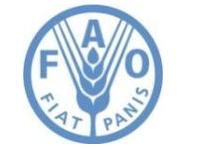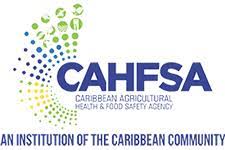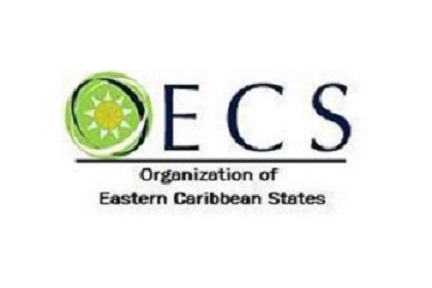Agriculture has been impactful on the planet. The next generation of farmers, botanists, and horticulturalists are revolutionizing farming and gardening using technology. Currently, the growing population is a global challenge. Sustainable methods would help to improve crop yield while reducing water and conserving energy.
Around 40% of the Earth’s suitable land surface is used for grazing and cropland. This has been made easier over the last twenty years using technology. An example of this is the simple use of LED lighting and robotics for farming, in which farms can be monitored by technology or technology used is able to increase production.
The current technologies that have increased food growth are vertical farming, precision farming, and closed-loop farming. Vertical farming uses controlled environments without the use of herbicides and pesticides, instead, water is recycled, and it can be carbon neutral. Precision farming involves more technology in way of self-driving tractors that know exactly where seeds are planted and the amount of fertilizer that is needed. This cuts down on pollution, waste, and energy. Closed-loop farming is energy and land efficient, recycles water, and uses little pesticide.
Additionally, biotechnology and meteorological data have been integrated to include farming, gardening, and lighting techniques. Data that would be able to help contribute to farming is meteorological data. Meteorological data is used to track weather patterns and predict their outcomes. It uses wind speed, cloud cover, cloud layers, wind direction, temperature, precipitation, and dew point to predict the weather. This data can be used to help the growth of crops. While biotechnology utilizes living organisms, biological systems, or parts of this to create different products.
Technology has advanced around the world and benefited many sectors, like agriculture. Agricultural technologies have advanced in ways to conserve energy, protect environments, and still create healthy crops for consumption. It is with these technologies that food security can be better ensured.
Source:
FAO – FAO’s role in science, technology, and innovation
Global Environment Facility – Food Security
EPA – Meteorological data
Norwegian University of Science and Technology – What is Biotechnology?
Croplife – Field notes – Precision Farming
The Conversation – 3 technologies poised to change food and the planet













